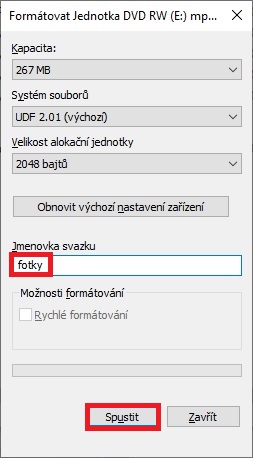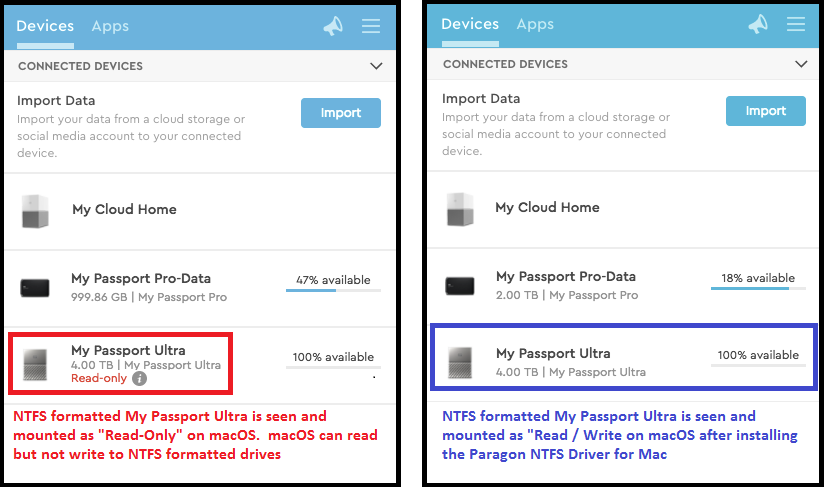

For HFS+ drives, you can install HFSExplorer, a free utility that reads older Mac-formatted drives. APFS for Windows by Paragon is a commercial product ($50) that lets you read and write APFS drives. Linux Reader by DiskInternals is a freeware tool that reads APFS drives but won’t write them. Install a Third-Party Tool: Some third-party vendors make utilities that allow you to read Mac-formatted drives on Windows.Transfer the Data Through a Network: You can avoid a Mac-formatted disk entirely and share files over a LAN, send them through a cloud-based backup service like Dropbox, or even email a few files to yourself as attachments.If you have data on a Mac disk that you need to transfer to a Windows 10 PC, there are some ways to get around the issue. NTFS: What's the Difference? Is There Any Way Around It? Be sure you’ve identified the Mac drive - if you accidentally delete partitions from another drive, you could damage your Windows installation or lose your files.In contrast, macOS can read NTFS-formatted drives (but cannot write to them without add-on software), and it can also read and write the FAT32 legacy Windows file system and Microsoft’s exFAT in a nod to compatibility of removable drives between vendors. Locate the Mac drive in the list of disks.


This tool allows you to manage the partitions on drives connected to your computer - internal ones or external ones connected via USB. Press Windows Key + R to open the Run dialog, type diskmgmt.msc into the box, and press Enter to open it. RELATED: Understanding Hard Drive Partitioning with Disk Managementįirst, open the Windows Disk Management tool. You’ll probably want to uninstall Java when you’re done.Įrase the Mac Partitions, Including the EFI System Partition HFSExplorer unfortunately requires you install Java to use it, but it’s the only free option here. If you only have Windows systems available, you can use HFSExplorer to copy files from the drive onto your Windows system drive or another drive. If you have a Mac lying around, you can plug the drive into a Mac and back up the files. Instead, we’ll just be wiping the drive and starting over from scratch. This process won’t actually convert the file system. First, back up the data on the Mac-formatted drive if you have anything important on it.


 0 kommentar(er)
0 kommentar(er)
